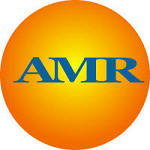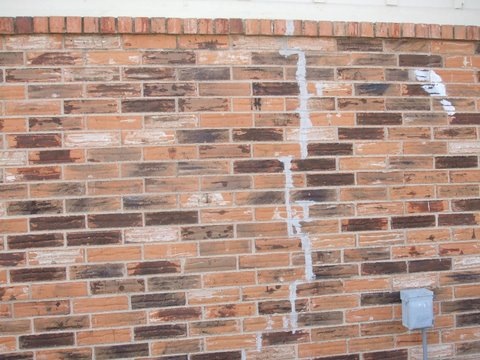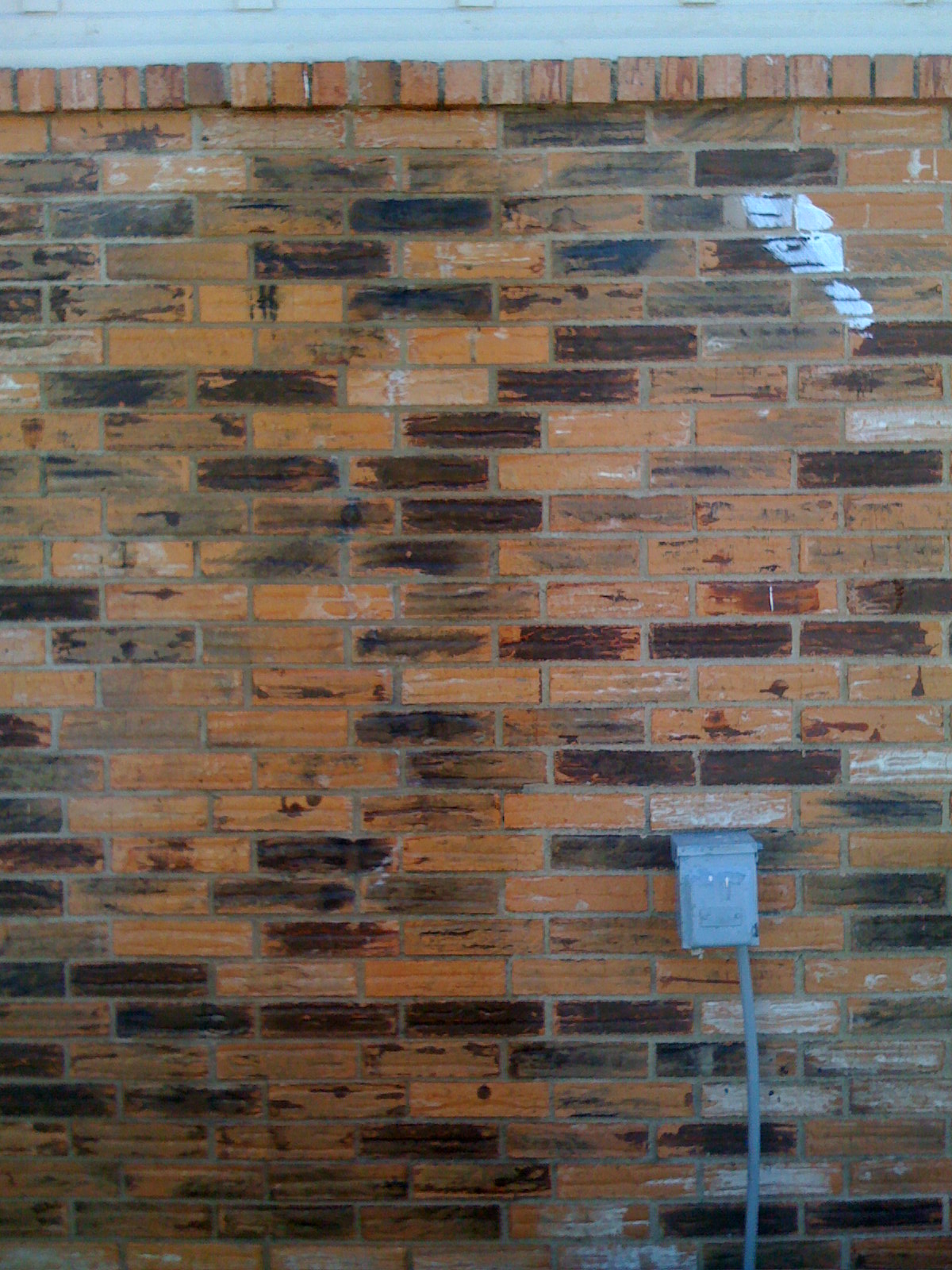

Welcome to AMR Labs.
Our focus is high quality masonry repair and the products and services needed to ensure the mortar repair is done right. Among these are
mortar analysis,
mortar matching, pre-matched
mortar
mix, and other masonry repair products.
We provide mortar matching services across the U.S.
call:
(817) 366-8376
*AMR Labs*
1525 Corona Dr.
Granbury, TX 76048
Or email us:
mortarlab@gmail.com
Mortar analysis is used to
test samples of mortar to analyze their
properties and composition in an effort to match the existing
mortar mix. This analysis is done through a number of
mortar testing
methods that are often combined for a more complete mortar analysis.
Among these tests are a compressive strength test,
mortar
composition analysis, sand color, shape, and gradation analysis, and
are used to provide an exact mortar formula for matching the old
mortar.
Other times, mortar analysis is used to determine the quality of
mortar or if it correctly matches an existing mortar. For either
use, samples of mortar are analyzed to determine their composition
or performance.
Analyzing and testing the compressive strength of mortar samples provides many useful details about the performance of mortar, type of mortar, bondability, and helps in the interpretation of results as the crushing pressure limits the type of mortar mix and proportions of binder materials within a range for the mortar type.
Analysis of Mortar Mix Composition
Analyzing mortar composition begins with a visual
analysis through
forms of magnification to identify certain properties about the
mortar sample. Then, mortar samples are tested for their compressive
strength as this will help in determining the ratios of the composition. At this point, the crushed mortar is broke down through
an acid digestion mortar analysis or chemical analysis of the mortar to identify
binder composition.
After the acid digestion is complete, various measurements are taken
to identify the mortar composition
which are referenced with the
limiting range of compression and other details about the mortar
sample. A final mortar composition formula cannot be confirmed at
this point. To get an exact match of the mortar composition, an
analysis of the sand must be complete.
The particle size, gradation of particle sizes, and the shape of the
aggregates all change the compressive strength of the mortar. The
ratio of binder to sand is also a determining factor.
To conclude the mortar analysis, we provide a
visual inspection of
the color, size, shape, and gradation of the sand, or you can add
sand sieve analysis to the mortar composition testing for more
precise information when testing historic mortar.
Historic mortar
analysis tends to require more detail for the report that is not
always needed.
With and an exact ratio of sand to binder determined by weight loss,
we are able to limit the range of results for determining the mortar
formula and type to a more narrow variant. Then the sand gradation
and shape are used to determine final results.
Testing Historic Mortar Samples
In commercial and historic mortar restoration, it is common place to
get the mortar analyzed and matched through testing samples of the
mortar. However, many of the testing methods are over priced and
inaccurate. The two most common used or recommended testing methods
for historic mortar analysis are the
ASTM C-1324 and acid digestion
method of testing hardened mortar. These two mortar testing analyses
are the most and least expensive tests, but neither provide reliable
results by themselves.
C-1324 is the most expensive type of
historic mortar analysis which
uses a spectrographic microscope to create a colorful image of the
mortar sample. This image is then visually inspected and a best
guess of proportions for the ratio is determined as the composition
formula. There is a little more to it, but the accuracy of the
results is limited to the interpretation of the analyst and their
onsite experience as a mason. With their limited or likely
non-existent experience in the field, they are unable to provide a
quality interpretation of the testing data.
The acid digestion method for analyzing mortar composition is the
least technical and least expensive
mortar analysis, and is the most
commonly used method for testing old mortar. Acid digestion analysis
uses a balloon to capture the escaping gases released during
analysis. The balloon swells and is measured to determine the
quantity of the total binder materials. This test alone is not
capable of accurate results because, the results are still an
interpreted analysis of how much of the gas released is coming from
each binder material. This factor alone is problematic because the
sand aggregates tend to have a portion of cementious material that
contaminates the results. Some sands used are entirely cementious
materials. This doesn't happen often, but it does happen.
There is a better way to test the composition of mortar samples for
historic mortar matching, and it is not much more expensive than the
acid digestion test. This method is proprietary to
AMR Labs and is
becoming more excepted for this use due to the accuracy of the
results. This testing method for
matching mortar composition
combines the results of some other astm testing methods such as the
C-109 crushing analysis, acid digestion, E-11 sand sieve analysis,
and some more scientific analyses where we collect additional data
from some of these other testing methods for validations.
One example of this is the amount of weight loss during the
digestion of mortar samples is cross referenced with the compressive
strength and mortar type and using the specific gravity of the
binder materials, we are able to validate the accuracy of the
results. This is a limited example because there are other factors
that change variables such as the size and shape of sand aggregates
changes the compressive strength of the mortar as much as the ratio
of sand to mix.
Matching Existing Mortar
Mortar matching through our complete
mortar analysis and
adding a detailed mortar color match provides a exact mortar formula for matching the existing mortar color and
composition. With this complete formula, we can manufacture bags of custom matched mortar
for your project. This is however limited to mortars using type S/SA
lime as we currently do not have a supplier for the historic lime.
Historic Lime Mortar
In the past, we provided the mortar analysis report and the formula and
Virginia Lime Works provided the manufacturing of the historic lime mortars. We
have been told they are no longer around and we haven't found a
suitable replacement as yet. Places we have found that may assist
you if you need the historic lime mortar manufacturing are US
Heritage Group and Lime.org.
Type S/SA and Historic Lime
One of the most common questions asked is the difference between
historic lime and type S/SA lime in mortar. The simple answer is
they are both lime, but the historic lime mortar uses a larger
particle size and was sometimes not screened allowing large chunks
to be mixed into the mortar. This is easily recognized by the large
unmixed pieces of lime. Those that were screened are a little harder
to identify, but the type S/SA lime uses a very fine screen, and
tend to be used in harder mortar types and newer mortar more often.
If your mortar requires type S/SA lime, we can provide the
manufacturing of custom bags of pre-matched mortar.
Sand Analysis
Analysis of the sand used in the mortar samples is critical to
matching the mortar. Sand aggregates compose the majority of the
mortar, and in such change the color, texture, and strength of the
mortar. It is important to identify the color, particle size and
gradation, and shape of the aggregates to properly
match the
existing mortar. This can be done through a visual inspection for
the cleaned sample, or for exact particle distribution you can add a
sand sieve analysis to your
mortar analysis testing.
Collect mortar samples
Bag and label each set to be tested
Send samples to us with a check for payment to AMR Labs or a copy of receipt from online payment. Be sure your payment is per sample to be tested.
Include a job name/#, return shipping address, phone#, and E-mail
AMR Labs
1525 Corona Dr.
Granbury, TX 76048
Mortar Analysis
costs $350 per sample tested
Add a color match
for $150 per sample to match
Add a Sand Sieve Analysis
for $150 per test
Below are the before and after pictures of a project where the old repairs are smeared and used mis-matched mortar,
and in the after photo, mortar smears are cleaned off the bricks and the mortar is repaired with matching mortar. You
will notice the second picture looks darker. This is because the wall is wet from cleaning and the pictures were taken
the same day. The first in the morning with more direct light and the second in the late afternoon when the sun was on
the other side of the building.
As you can see, masonry repairs look much better when the mortar is tested and properly
matched with our mortar matching services.


